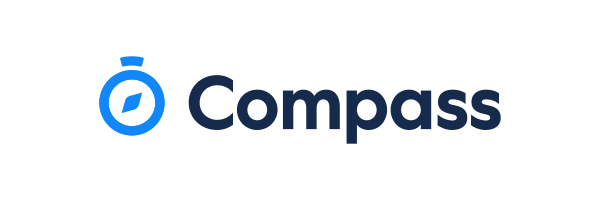The ability for schools to adapt to a continuous education model during the unprecedented circumstances caused by the COVID-19 pandemic, has been both notable and in fact celebrated across the globe. During substantial lockdown periods, schools have for the most part, not only kept functioning, but continued to deliver quality education to their students, via some of the most creative and innovative methods ever seen.

This blog takes a moment to reflect on 9 outstanding forms of adaptability demonstrated by K-12 schools during the past year.
#1 Professional trust
Teachers have rightly earned higher levels of professional trust from both the parent body, and importantly, school leadership teams. Academic offerings, wellbeing and connectedness were put under the spotlight early on. And the focus of teachers in ensuring their students missed as little learning as possible showed a genuine level of concern and professionalism. The extraordinary effort and diligence of teaching staff has been duly acknowledged and appreciated by school executives, not to mention families.
#2 Staff professional learning
It is well documented that participation in quality learning and development activities has strong links to the enhancement of pedagogical practice. Vast amounts of ‘just in time’ learning occurred during the previous year, with, not surprisingly, a particular focus on eLearning and digital technologies. Luckily, within the realm of education, there has still been an abundance of professional development opportunities on offer, ranging from informal moments of learning, to workshops, presentations and virtual conferences. Teachers certainly leant on those who were more tech-savvy for professional assistance when setting up their online classrooms and remote learning resources.
#3 Curriculum and assessment changes
Teachers displayed a capacity for adapting to the rapidly evolving circumstances of 2020 by undertaking tasks such as the re-working of curriculum, delivery of content and resources through new and innovative means, as well as the adjusting of assessments to meet remote learning requirements. Those who had access to contemporary learning management platforms, or other similar educational applications, were able to tweak the content design to suit their learners’ progress and learning styles.
#4 Synchronous and asynchronous learning
The ever-changing landscape during the past eighteen months meant that educators were frequently making curriculum and assessment adjustments, which actually provided new opportunities and interesting ways in which teachers taught and engaged with students. There was much success in utilising a blended learning approach with different combinations of synchronous and asynchronous.
#5 Independent learning
There has certainly been a positive trend towards students managing their own learning and expectations throughout the 2020 pandemic. Being provided with increasing levels of choice around when, where, how and even what to study has suited the learning styles of those who work well independently. Schools with contemporary learning management systems were able to adjust participation and learning plans to suit the various needs of their students.
#6 Parent communications
Schools quickly became cognisant of the fact that parents were seeking reliable, up-to-date advice, as well as teaching plans for education at home and expectations during the various lockdown periods. Generally, parents liked being able to witness the process of students managing their own expectations and learning. Utilising digital technologies including learning management systems and video conferencing platforms, schools were able to continue to communicate effectively with the parent community, regardless of the circumstances.
#7 Parent teacher student conferences
Throughout 2020, traditional in-person parent teacher interviews were generally not possible due to government restrictions and schools had to make decisions about how, if at all, they would provide opportunities for parents to discuss their child’s progress.
Some schools utilised contemporary technology solutions to meet with parents and students via virtual conferences. Teachers and parents alike commented on how personable these conversations were and in actual fact, many preferred the online method rather than the conventional face-to-face approach. Web conferencing software was a key factor in determining whether virtual conferences were successful and numerous schools are considering offering parents similar options for 2021.
#8 Wellbeing
Student wellbeing, positive education and student care has formed part of the curriculum for over a decade for many schools. Interestingly, experiences over the past year or so has shown the importance of considering teacher wellbeing and mental health also. Educational platforms such as learning management systems, plus communication portals enable the delivery of wellbeing information and resources. With more information and opportunity for connection, students and staff thrived, during the remote learning periods.
#9 Adding elements of fun
For everyone’s benefit, it was, and continues to be, both important and beneficial to add in elements of fun during the learning process. K-12 schools showed impressive levels of creativity in terms of engaging students and staff, through an array of unique events and challenges for people to participate in. Some great examples come from health and physical education departments, with friendly competitions such as plank challenges and the highest number of push-ups hotly contested.

K-12 schools across the globe have made the best of a difficult situation. By adapting to overcome such unique challenges, they have opened up new and creative ways of learning that can only increase opportunities for our students, now and into the future.
Bel Clohesy has been a teacher for over 17 years, with expertise in teaching students from Kindergarten to Year 8. With a strong foundation in digital technology, Bel’s priority is ensuring an enhanced teaching and learning experience for K–12 schools.
Want to know more about how K-12 schools have adapted to tackle unprecedented obstacles? Take a look at our Innovative Leadership in Education 3-Part Series:















